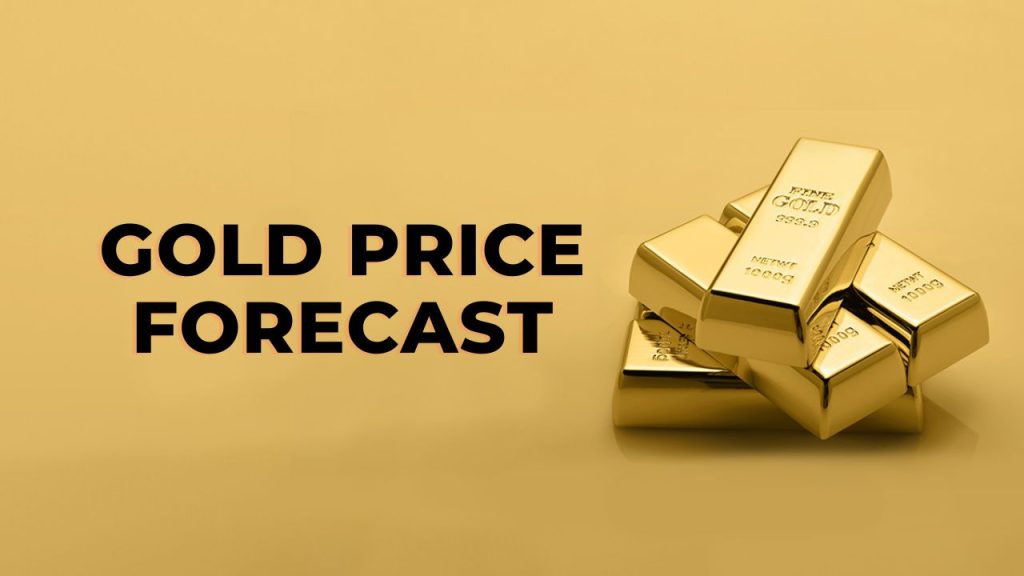What Drives the Price of Gold?
Gold is not your ordinary metal; it doesn’t follow the rules of the stock market. Instead, it dances to a unique tune, influenced by several factors. The primary ones include economic conditions, geopolitical tensions, and market sentiment. But when do these factors come into play, and why?
Economic Crises: The Precious Metal’s Best Friend
Economic crises, such as recessions and financial meltdowns, often send investors running to gold like moths to a flame. Why? Because when the economy is on shaky ground, people seek safety. Gold is seen as a store of value. It doesn’t erode like paper money and holds its worth over time, making it a reliable asset during turbulent times.
Wars: An Unwelcome Boost to Gold Prices
Wars bring fear and uncertainty, and these emotions reverberate through financial markets. Gold, again, becomes the go-to choice for nervous investors. It is a tangible asset that doesn’t depend on the stability of a government or financial system. Its value remains intact, which is comforting when the world seems to be falling apart.
The Historical Connection
Throughout history, the relationship between economic crises, wars, and gold prices has been a consistent one. From the Great Depression to the World Wars, gold has proven its worth. It’s like a lighthouse guiding ships safely through a stormy sea, offering stability when everything else is in chaos.
Gold as a Safe Haven Asset
Gold is often described as a “safe haven” asset. What this means is that during turbulent times, people rush to invest in it, creating a surge in demand. This heightened demand naturally drives the price up. It’s like a lifeboat in a financial storm – everyone wants one.

Speculation and Gold Prices
While gold’s rise during crises and wars is partly due to genuine demand, speculation also plays a significant role. Traders often anticipate increased demand and buy gold, further driving up its price. This speculative activity can create price bubbles, leading to temporary surges.
Government Policies and Regulations
Government policies, including monetary and fiscal measures, influence gold prices. For instance, if a government prints excessive money, it can lead to inflation, which devalues currency. In such situations, gold becomes a hedge against inflation, and its price rises in response.
The Role of Central Banks
Central banks hold massive gold reserves, and their buying or selling decisions can impact the market significantly. For instance, when central banks buy gold, it signals confidence in the metal, boosting its price.
Supply and Demand Dynamics
Gold prices are also subject to the basics of economics: supply and demand. The extraction rate of gold, as well as industrial and jewelry demand, all contribute to price fluctuations. When demand exceeds supply, prices rise.
The Modern Gold Market
In today’s digital age, the gold market has become more accessible to average investors. You can buy and trade gold online or invest in gold ETFs. This modernization has made gold even more connected to global events and financial markets.
Conclusion
In conclusion, gold’s relationship with economic crises and wars is deeply rooted in history. It serves as a beacon of stability during tumultuous times, attracting investors seeking a safe haven. The unique combination of historical significance, intrinsic value, and market dynamics keeps gold shining bright, even in the darkest of hours.

